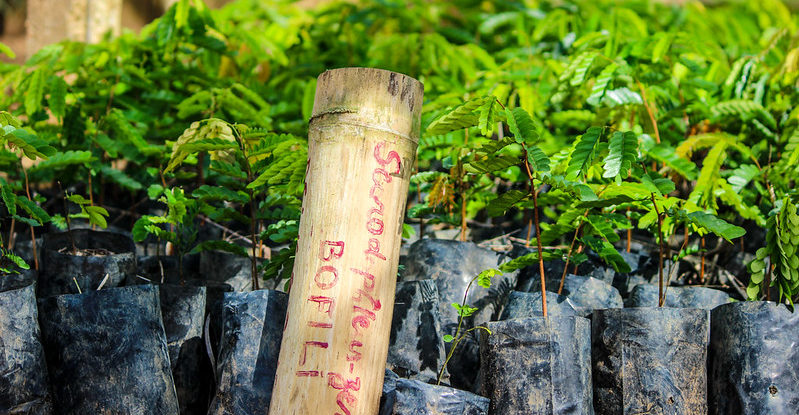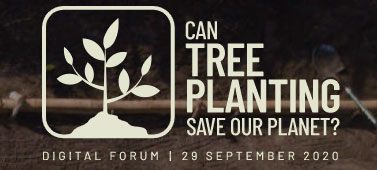
Trees that grow rapidly have a shorter lifespan, which could have negative consequences on their ability to help protect the planet from climate change, according to a new study published in Nature Communications.
Trees absorb carbon dioxide as they grow, but the new study led by the University of Leeds shows that when they grow quickly, they die sooner, and, as a result, no longer serve as carbon sinks regardless of species or the ecosystem type in which they are planted.
In warmer climates, trees grow faster and reach their full height sooner, which seems to increase their chance of dying, lead author Roel Brienen told Britain’s Guardian newspaper.
The study indicates that although trees may grow faster as temperatures increase due to climate change, they could also store less carbon as the trees die off sooner.
It suggests that many current climate change models assigning value to the use of forests as carbon sinks to absorb the carbon dioxide produced from burning fossil fuels, may overvalue the projected benefits. The scientists observed that slower growing trees have traits that allow them to persist.
“This study is further fuel for the argument that instead of focusing on forest and landscape restoration alone, we should also try and manage what forests we have much more sustainably by carefully planning what, how and where we replant,” said Terry Sunderland, a senior associate scientist with the Center for International Forestry Research (CIFOR) and professor in the Faculty of Forestry at Canada’s University of British Columbia.
“It’s a point of contention that many countries make great declarations about how much forest or how many trees they are going to re-plant when their deforestation rates are sky high,” added Sunderland, who was not involved in the study, but has conducted other studies on the carbon storage capacity of forests.
“It’s basically systematically replacing natural systems with man-made ones, which cannot offset the damage done by fossil fuel emissions.”
Scientists studied data from more than 200,000 tree-ring samples representing 110 species of tree across all continents except for Africa and Antarctica, the Guardian reported. They used a computer simulation to determine the impact of faster growth on carbon storage.
Growing trees and preserving existing forests is considered a crucial tool in the box for fighting climate change.
We want you to share Forests News content, which is licensed under Creative Commons Attribution-NonCommercial-ShareAlike 4.0 International (CC BY-NC-SA 4.0). This means you are free to redistribute our material for non-commercial purposes. All we ask is that you give Forests News appropriate credit and link to the original Forests News content, indicate if changes were made, and distribute your contributions under the same Creative Commons license. You must notify Forests News if you repost, reprint or reuse our materials by contacting forestsnews@cifor-icraf.org.
